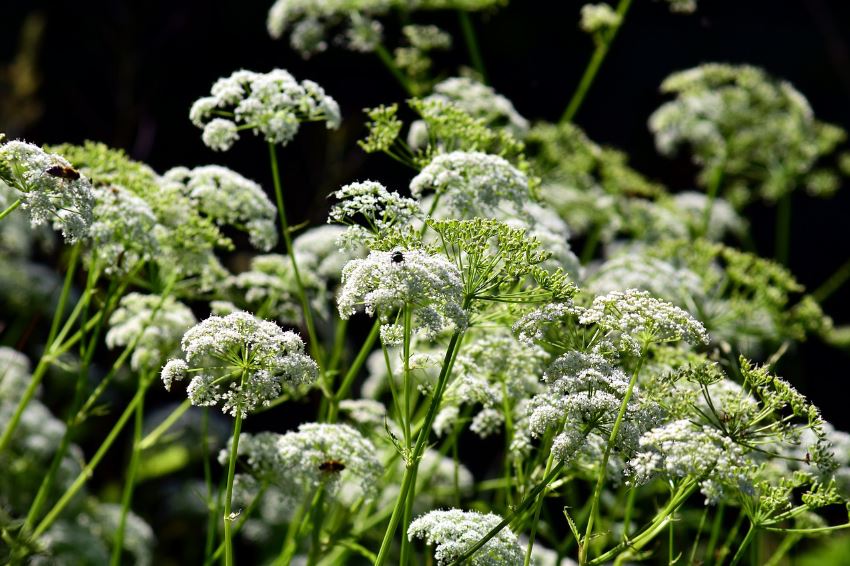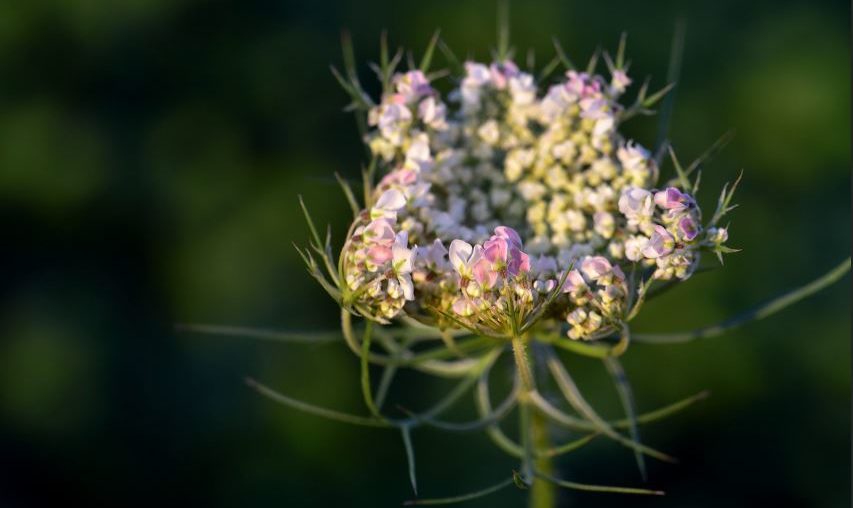When to sow chervil?
Sowing chervil can be done from the end of February when the climate is very mild. This eminent member of the apiaceae family is growing as soon as temperatures reach 5 ° C. But he does not appreciate late frosts, and in the coolest regions, we will wait for the month of April to sow it. It should be noted that you can stagger the seedlings until September.
Which varieties to choose?
The common chervil – or simple chervil – is the most widespread. Measuring 30 to 70 cm in height, it is recognizable by its flat foliage and its light fragrance. It has the particularity to look surprisingly to the chervil wood and small hemlock: these plants, widespread in the woods, are also very toxic. Better to resist the temptation to harvest them, and limit yourself to consuming the chervil you grow!
Among the other appreciable varieties on the balcony or in the kitchen garden, we will also note:
- The curly chervil (or double chervil), less odorous than common chervil, but just as tasty;
- The vertissimo (or winter chervil): perfectly adapted to the coolest regions, it is the most suitable for late sowing;
- The Fijne Krul, which is distinguished by its curly foliage and its pronounced fragrance.
What to do before sowing the chervil (preparation etc)?
Chervil likes a light soil, rich in humus and well drained. So work the soil with the fork or the claw, loosen it on 20 cm. If it is useless to amend the soil – because chervil is not greedy! – it may be necessary to add a little sand to lighten the soil too heavy.
How to sow it?
The rise in seeds of the chervil is quite fast. To extend the harvesting period, we will proceed to a staggered sowing. Count 2 to 3 weeks intervals.
We often hear that the chervil is sown on the fly. This is not wrong … but it's really not practical! Online seeding will be much easier to weed.
- Trace furrows 1 to 2 cm deep, spacing them 20 to 25 cm;
- Sow clear, possibly using a seed drill;
- Cover with soil and tamp lightly with a rake;
- Finish by basting in fine rain.
Make sure the soil is always wet until it is lifted. When seedlings have 3 to 4 leaves, thin out by keeping one plant every 10 cm.
Where to plant chervil?

The chervil is grown both in pot and vegetable garden. Do not ask for much light, he does not like the heat either, especially in the height of summer.
If the first sowing and fall sowing are still sunny, choose a mid-shaded to shady site between June and August. The good idea? Associate it with cultures that will offer a well balanced and healthy shade.
The chervil will be particularly suitable for parsley and chives, which have very similar needs, especially in watering. You can also place it close to cabbage or tomato, especially since slugs do not like its scent.
How to maintain it?
Chervil does not like competition, so you must carefully remove any weeds, especially when young. Regular weeding will allow you to optimize watering.
How to water the chervil?
The chervil requires a well dosed watering, because the drought accelerates its rise in seed. It should therefore be watered as soon as the soil is dry. Be sure to water the plants at the base, avoiding wetting the leaves, to prevent the development of diseases.
Harvesting chervil: when and how?
Chervil enjoys rapid growth. It can be cut – and consumed in stride – 5 to 6 weeks after sowing. It should be noted that the taste of chervil deteriorates rapidly, because as soon as its leaves turn yellow, they lose their flavor.
Cut the leaves at the base with a clean and sharp chisel. Chop them finely to fully enjoy their aniseed flavor.
Chervil does not keep in the refrigerator. On the other hand, it lends itself very well to freezing. It should be noted that chervil leaves can also be dried. Although they lose a lot of their flavor, they can then be consumed as an herbal tea.
Beware of the rise in seed: the chervil will easily tend to sow naturally. If you do not want it to settle permanently in the garden, it is advisable to eliminate the remains, once your harvest is finished.
Chervil diseases and what to do?
Like most aromatic plants, chervil is resistant to both pests and diseases. But he is not invulnerable so far! Chervil attracts indeed the aphids. It is therefore wise to place it in the perimeter of a culture that will be a diversion, such as nasturtium, or introduce ladybugs to the garden. In case of massive invasion, a black soap spraying will prove very effective.
The chervil can be touched by mildew. In this case, it is essential to eliminate the affected parties. Opt for a natural treatment. Dilute 1 tablespoon of baking soda in 1 L of water, and spray on the foliage. It also happens that the chervil is reached by rust. Again, care will be taken to eliminate affected areas, to limit the risk of contagion in the garden.
Read also :









